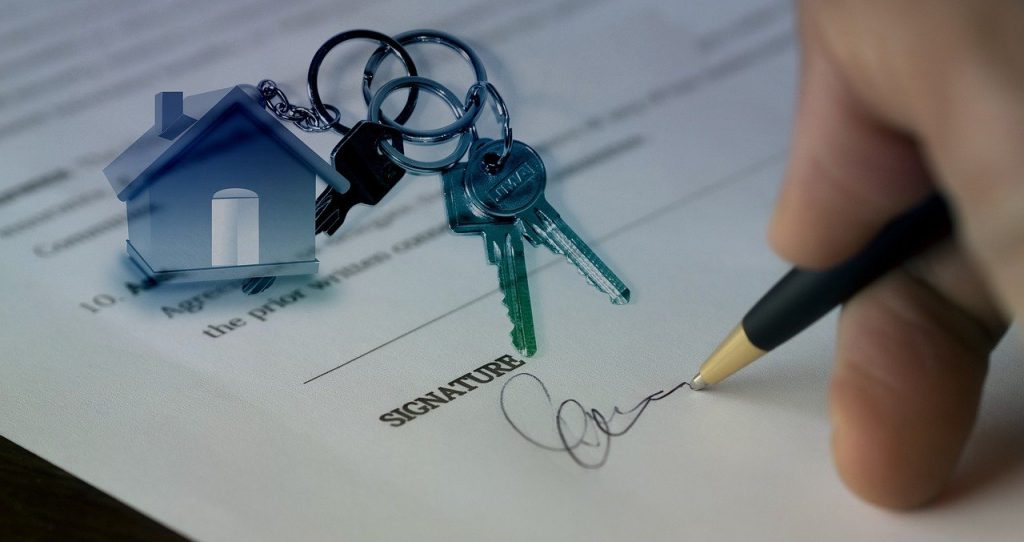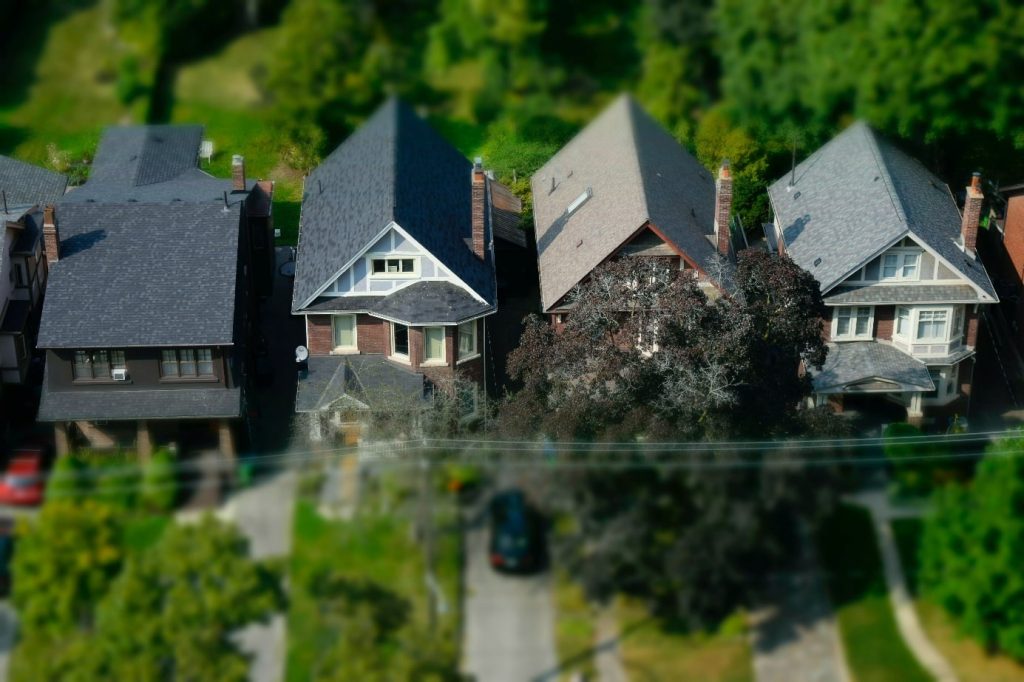The rental contract, commonly called the lease requires the drafting of a writing. Although a verbal agreement between the tenant and the owner remains legally viable, it is preferable to devote the necessary time to it to avoid any inconvenience.
All the terms of the lease are to be taken into account. To gain security, you can enlist the services of a professional such as a bailiff, a real estate agent or even a notary. Standard copies of rental contracts are often available in bookstores or from associations of landlords or tenants. The lease must be drawn up and signed by all the parties to the contract and this in several copies.
For empty accommodation, the duration of the contract is generally three years with the possibility of tacit renewal of the lease. In the case of a legal person, the duration of the lease is 6 years.
Mandatory elements
Must include: marital status and domicile of the lessor and possibly the agent (real estate agency); the amount of the rent excluding charges, its terms as well as the indexation clause; the amount of the security deposit (up to two months’ rent); the nature and use of the rented premises. Added to this is the number of habitable rooms, their total area, as well as the equipment inherent to the accommodation (WC, bath, gas or electric heating, etc.), without forgetting to mention the common areas and annexes.
The landlord may ask you to present some administrative documents. Among the most common are pay slips, tax notices and possibly a certificate from your previous landlord.
The landlord may require, before the final signature of the lease, that a third party (usually a relative) acts as guarantor for the future occupants in order to protect themselves against any unpaid rent.
Read also: The supporting documents to be provided for the rental file of an apartment
Documents to attach to the rental contract
Several documents must be annexed to the rental contract, in particular the inventory of fixtures, established at the time of the entry of the tenants into the rented property. The lessor who requires a joint surety must include in the contract a handwritten commitment from the guarantor, who will indicate that he is fully aware of the obligations that attach to this contract as well as the duration of the suretyship.
A technical assessment must also be established which mentions the diagnosis of energy performance, the risk of exposure to lead as well as natural and technological risks.
Some lessors have prohibited clauses included in the rental agreement, essentially void of any legal basis. This is any clause that:
- imposes the choice of insurance for the subscription of a home insurance contract.
- aims to compel tenants to pay the rent by direct debit.
- requires the reimbursement of repairs in the event of damage to the common areas.
- provides for a termination clause for reasons other than non-payment of rent or charges.
- prohibits the exercise of a trade union, religious, political or associative activity. These prohibitions are explained in the law of July 6, 1989 (article 4).
Read also: Rental: the obligations of the owner




